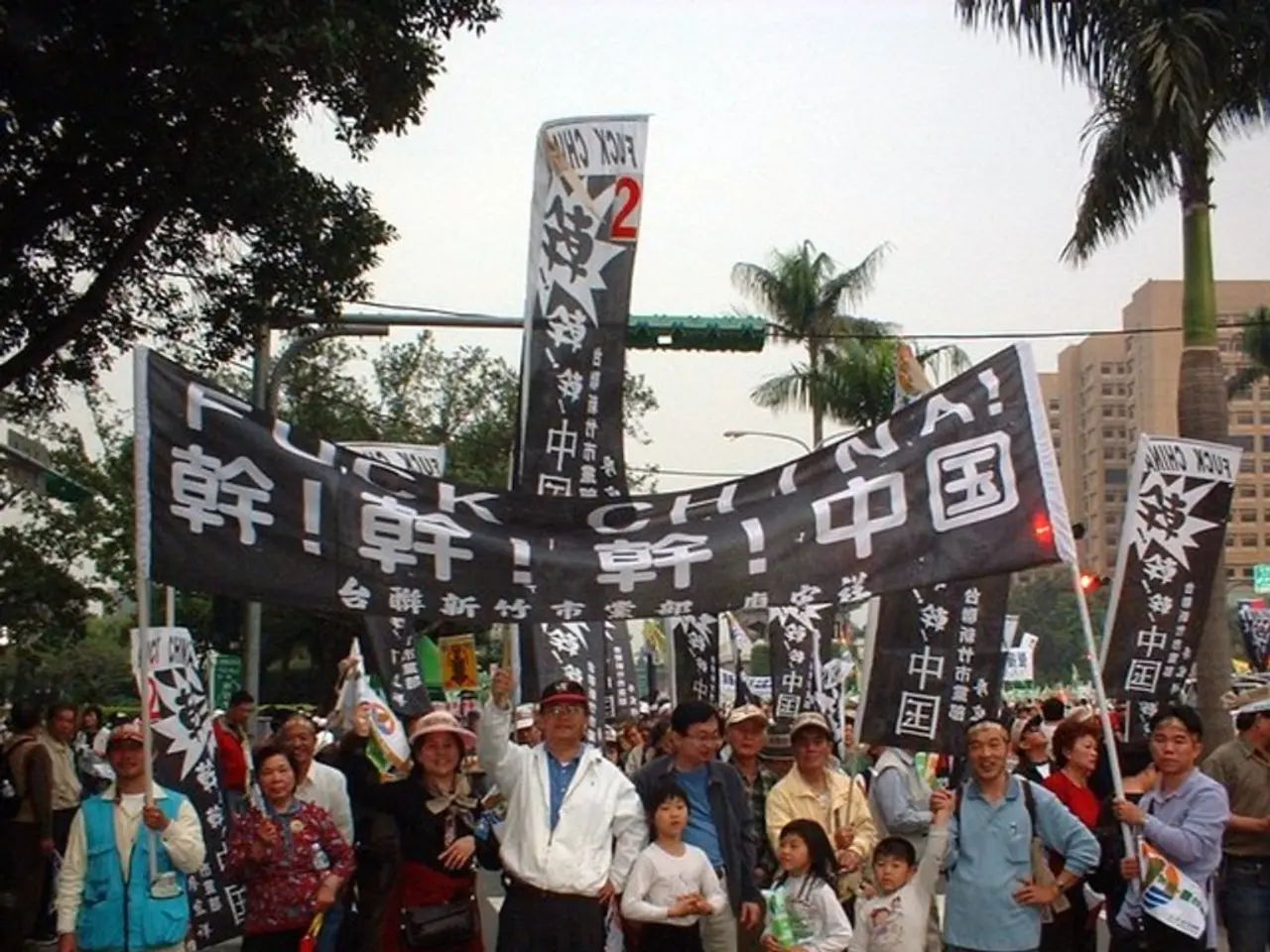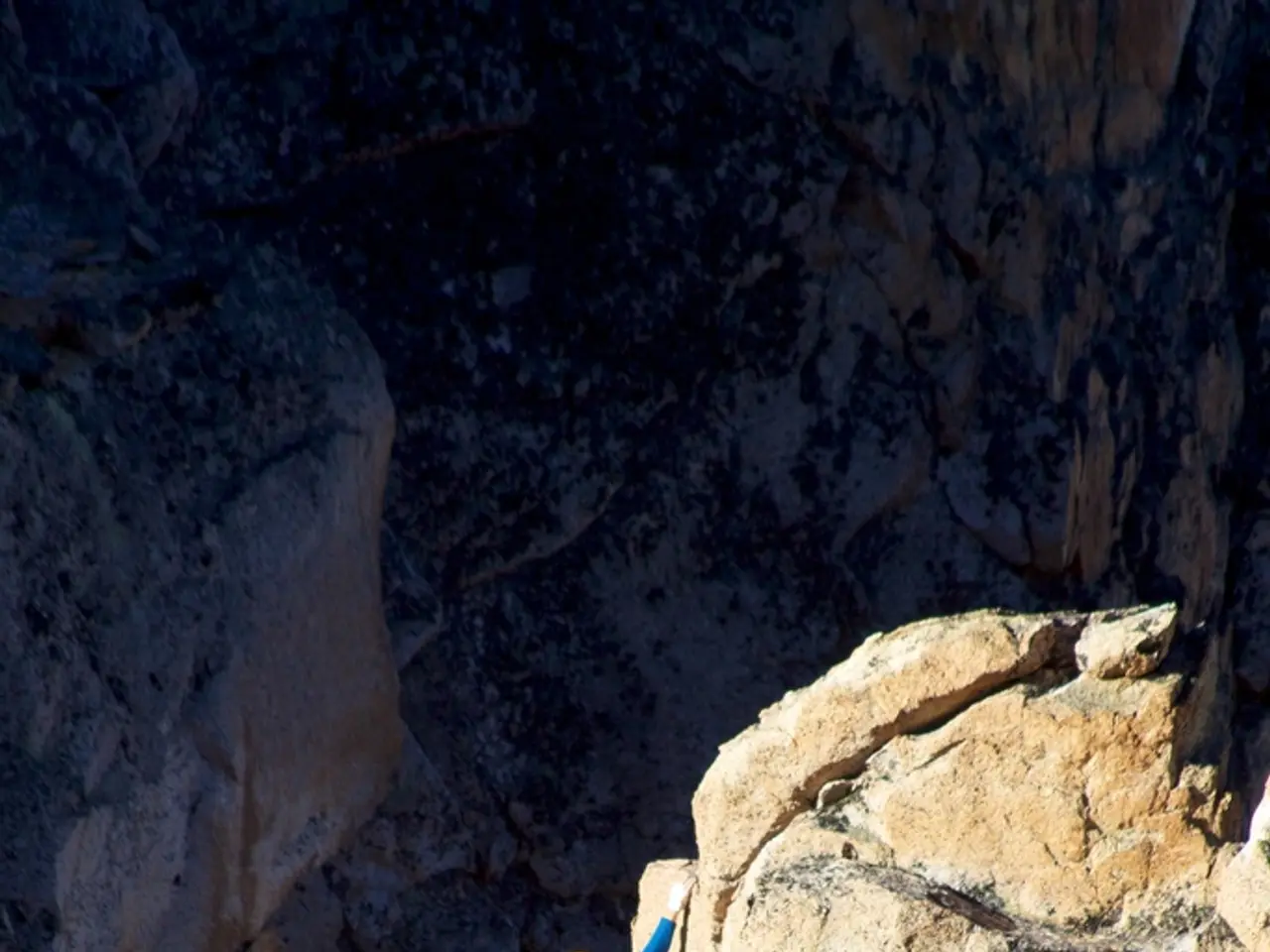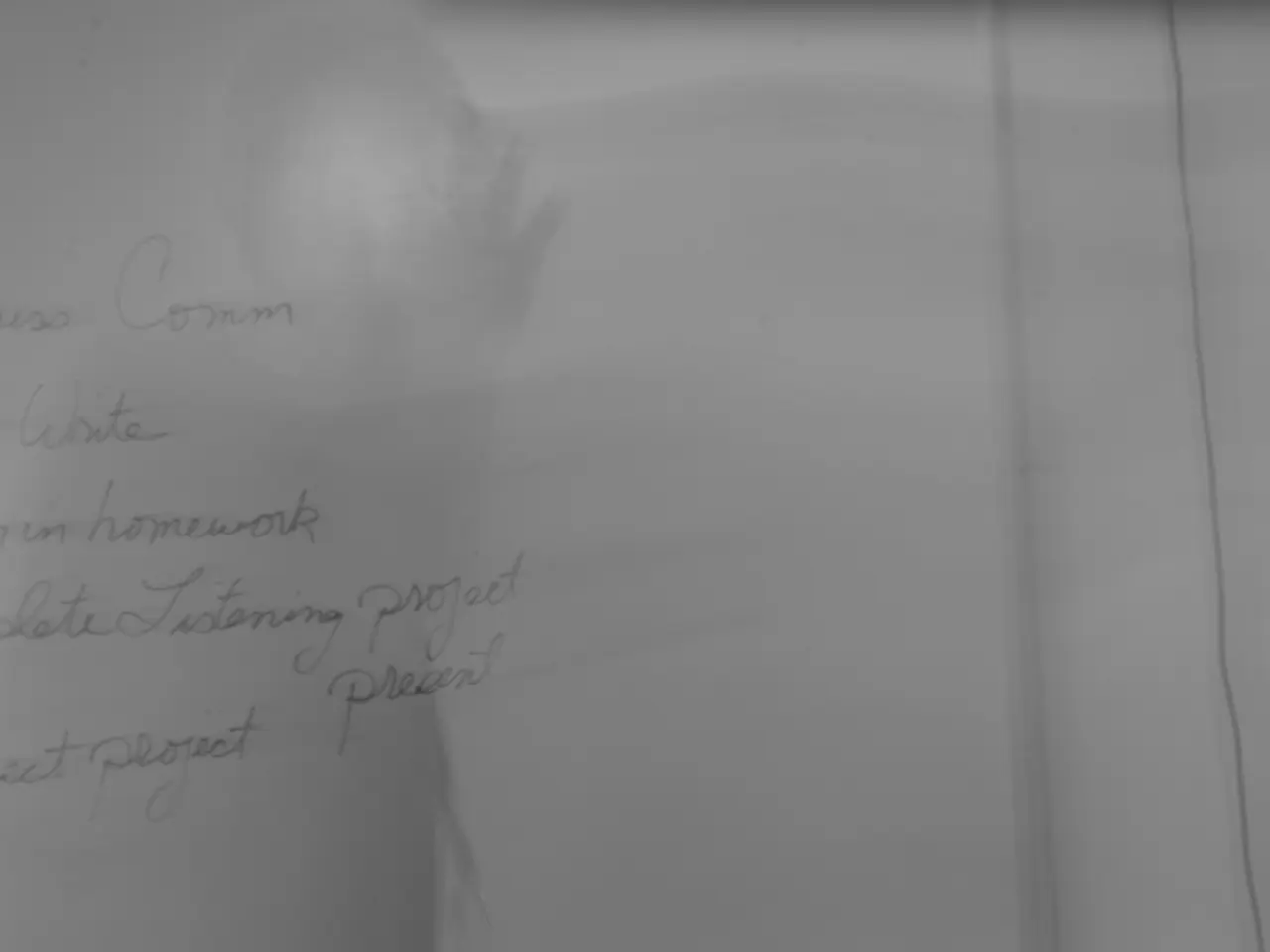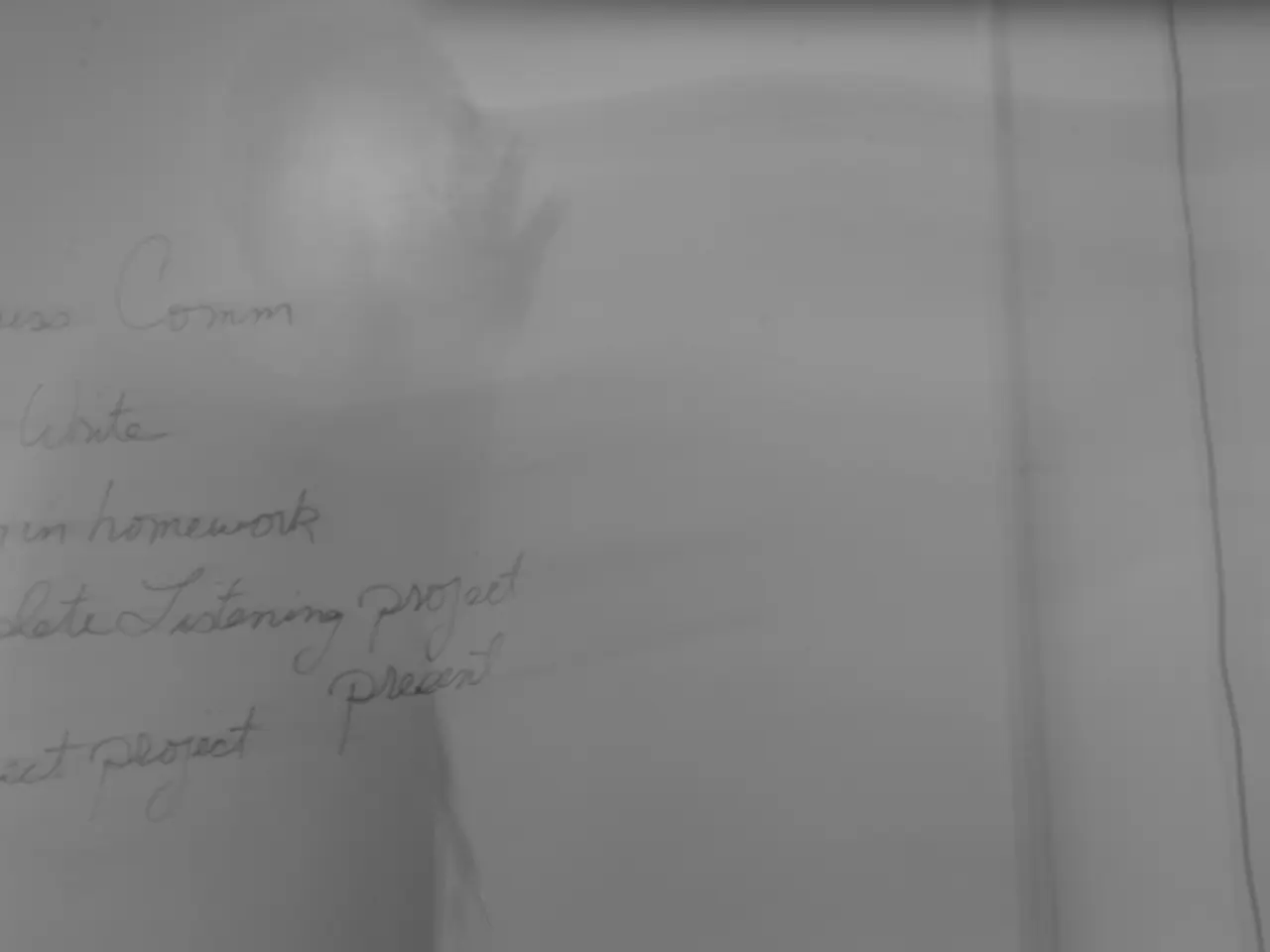2020 Offered No Respite for Those Protecting Environmental Land
In 2020, the world witnessed a surge in violence against environmental and land defenders, with at least 212 individuals losing their lives globally for protecting their land and environment, according to data compiled by Global Witness and related reports. This alarming figure represents a continuation of a troubling trend that has escalated over the past decade.
The COVID-19 pandemic brought about unprecedented challenges for these defenders, intensifying existing threats and creating new ones.
Heightened Challenges During the Pandemic
The pandemic forced many defenders to adapt their methods of organizing and campaigning, with physical gatherings becoming increasingly difficult. This shift to digital platforms, however, exposed them to a growing threat of online abuse and harassment.
- Online attacks: With physical organizing restricted, many defenders relied heavily on digital platforms. This made them more exposed to trolling, doxxing, cyberattacks, and other forms of online harassment. These threats not only endangered their safety but also had a chilling effect on their activism, leading some to reduce or cease their advocacy out of fear.
- Criminalization and violence: Lockdowns and strained government resources often limited defenders' ability to mobilize or seek protection. Some were arbitrarily detained or criminalized for defending their territories, as in cases involving indigenous leaders facing historically rooted conflicts aggravated by resource exploitation.
- Reduced access to protective mechanisms: Pandemic restrictions also meant defenders had less access to legal aid, healthcare, and international solidarity networks, exacerbating the risks they faced.
- Continuing industrial and environmental exploitation: Despite the pandemic, extractive industries often increased pressure on indigenous lands and territories, leading to escalated conflicts and violence against defenders resisting environmental destruction.
One tragic example of this violence is the case of Fikile Ntshangase, a 65-year-old grandmother in Ophondweni, South Africa, who was killed in October 2020 for opposing the expansion of a coal mine.
Human Rights Defenders at Risk
The riskiest sector for human rights defenders remained the protection of "Mother Earth," with at least 69% of the 331 human rights defenders killed in 2020 focusing on land, Indigenous, and environmental issues. This trend was observed in various parts of the world, with many Indigenous communities following the steps of Black Lives Matter movements.
In countries with scarce internet access, the inability to connect was a problem for defenders, while working remotely with them was more difficult and took longer to establish trust. Online capacity building had to be carried out in much shorter bursts over longer periods of time.
In conclusion, the COVID-19 pandemic intensified existing threats to environmental defenders by constraining their ability to organize safely, increasing online threats, and deepening state and corporate repression. The global community must take action to protect these vital defenders and ensure their safety in the face of these escalating challenges.
| Aspect | Details | |-----------------------------|--------------------------------------------------------------| | Estimated killings in 2020 | Around 212 environmental and land defenders killed globally | | Main pandemic challenges | Increased online abuse; restricted physical organizing; criminalization; reduced protective support; intensified resource conflicts |
- Environmental and land defenders faced an escalation of threats during the COVID-19 pandemic, forcing them to adapt their methods of organizing and campaigning.
- The shift to digital platforms during the pandemic exposed these defenders to a growing threat of online abuse and harassment, including trolling, doxxing, cyberattacks, and other forms of online harassment.
- Reliance on digital platforms has not only endangered the safety of defenders but also had a chilling effect on their activism.
- Lockdowns and strained government resources often limited defenders' ability to mobilize or seek protection, leading to their arbitrary detention or criminalization for defending their territories.
- Reduced access to protective mechanisms such as legal aid, healthcare, and international solidarity networks during the pandemic further exacerbated the risks faced by defenders.
- Despite the pandemic, extractive industries continued to increase pressure on indigenous lands and territories, leading to escalated conflicts and violence against defenders resisting environmental destruction.
- The global community must take action to protect these vital defenders and ensure their safety in the face of escalating challenges, particularly those focusing on land, Indigenous, and environmental issues.







